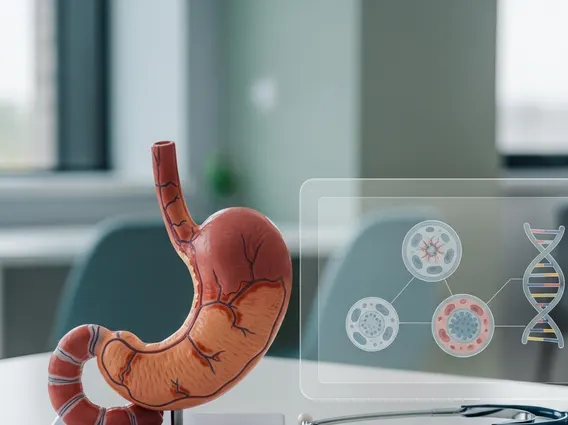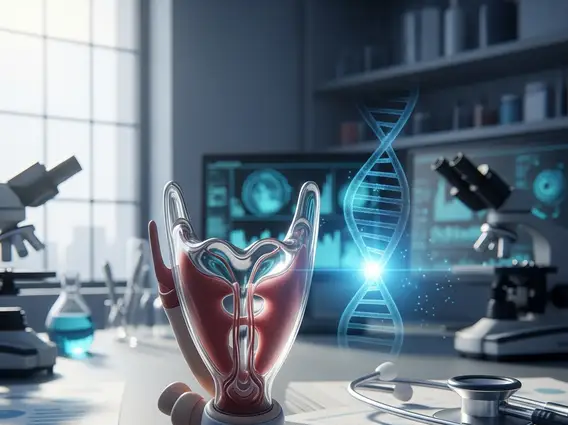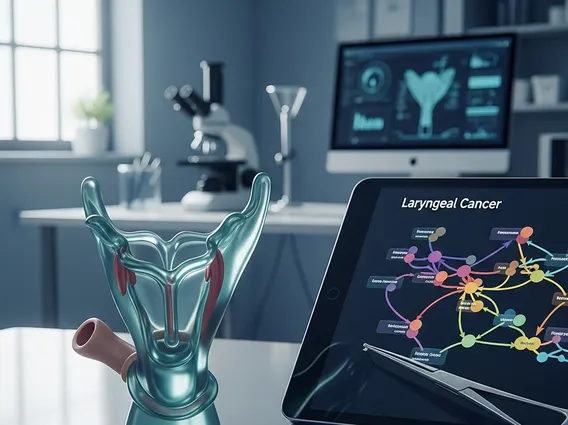Non-Hodgkin’s Lymphoma (NHL) is a cancer that starts in white blood cells called lymphocytes, which are part of the body’s immune system.
Non-Hodgkin’s Lymphoma usually develops in lymph nodes or lymphatic tissue found in organs such as the stomach and small intestine. In some cases, NHL affects the bone marrow and blood. Lymphoma cells can develop in one or more parts of the body.
What is Lymphoma?
Lymphoma is a term used synonymously with all blood cancers that arise from the bone marrow where blood is produced. There are two types of lymphoma, Hodgkin’s Lymphoma and Non-Hodgkin’s Lymphoma.
While Hodgkin’s Lymphoma has more than 6 subtypes, Non-Hodgkin’s Lymphoma is considered to have more than 40 different subtypes. Each clinical course varies depending on the response to treatment as well as the drugs used in these sub-cancer types. Due to the large number of subtypes, once the diagnosis of lymphoma is made, the subtype of the disease should be determined accurately.
Non-Hodgkin’s Lymphoma Symptoms
Symptoms and signs of Non-Hodgkin’s Lymphoma include the following:
Lymph node enlargement, fever, night sweats, fatigue, loss of appetite, weight loss, and rash. One of the symptoms of lymph cancer is swelling and growth of one tonsil. An asymmetrical growth has a higher risk of developing lymphoma.
Symptoms of lymphoma can also occur in the form of allergic cough, asthma attacks and sinusitis. Because none of the symptoms and signs of lymphoma are unique to the disease, sometimes the symptoms of lymph cancer can appear similar to rheumatic diseases.
In some cases, the disease begins in an area outside of the lymph node, such as the bone, lung, gastrointestinal tract or skin. In this case, patients may develop symptoms associated with the respected area such as bone pain, cough, chest pain, abdominal pain, rash, or skin swelling.
Stages of Non-Hodgkin’s Lymphoma
Physical examination, diagnostic radiology, tissue biopsies and blood tests are used to determine the prevalence of NHL; this process is called “staging”. The results are used to define the appropriate treatment.
- Stage I: involvement of only one lymph node group
- Stage IE: involvement of a region or organ other than lymph nodes
- Stage II: involvement of two or more groups of lymph nodes on the same side of the diaphragm
- Stage IIE: involvement of a region or organ other than lymph nodes on the same side of the diaphragm; involvement of lymph nodes belonging to other lymph node groups, located near that area or organ
- Stage III: involvement of lymph node groups on both sides of the diaphragm
- Stage IIIE: involvement of lymph nodes on both sides of the diaphragm and a non-lymph node region or organ
- Stage IV: involvement of one or more organs other than lymph nodes and possibly lymph nodes
The letter “E” is used to mean “out of node”; it indicates that the NHL is in a region or organ other than lymph nodes or that it has spread to tissues located outside but near large lymphatic regions.
Patients are further divided into “A” and “B” categories.
- Patients in category “A” do not experience fever, excessive sweating, or weight loss.
- Patients in category “B” have a fever, excessive sweating, and weight loss. Category B patients usually need more aggressive treatment.
The Most Common Types of Non-Hodgkin’s Lymphoma
Non-Hodgkin’s Lymphomas are divided into 3 large groups: indolent slow progressing lymphomas, aggressive fast progressing lymphomas, and very aggressive lymphomas. Non-Hodgkin’s Lymphomas are also divided into 2 groups in terms of immunological cell type: B-cell and T-cell lymphomas. Generally, T-cell lymphomas have a worse prognosis than B-cell lymphomas.
- Slow progressing lymphomas: Follicular lymphoma, Chronic lymphocytic leukemia, and Immunocytoma
- Rapidly progressive lymphomas: Diffuse large B cell lymphoma, most T-cell lymphomas, and Mantle cell lymphoma
- Very rapidly progressing lymphomas: Burkitt lymphoma, Lymphoblastic B lymphoma, and Lymphoblastic T lymphoma
Non-Hodgkin’s Lymphoma Treatment
Today, more effective treatments are being used to treat this disease, varying according to the subgroup of the disease. It is possible to treat some types of lymphoma using antibiotic agents without using chemotherapy.
In the treatment of lymph cancer, immunotherapy is one of the treatments that is frequently used or combined with chemotherapy. Drugs called “monoclonal antibodies” developed for cancer cells are frequently used in treatment. The feature of these drugs is that they adhere to lymphoma cells and then activate the immune system to destroy it.
In addition, clinical trials are carefully controlled research studies that take a closer look at promising new treatments or procedures. If you would like to learn more about clinical trials that may be right for you, contact Massive Bio.




















